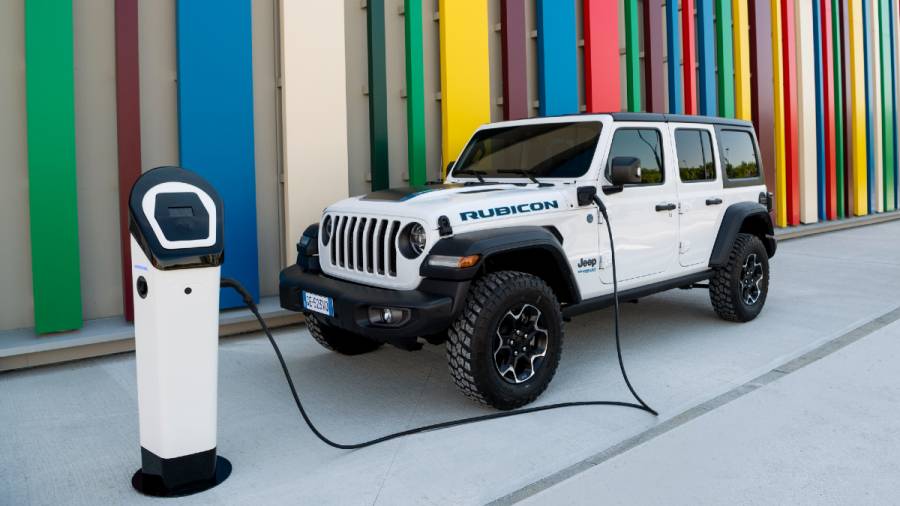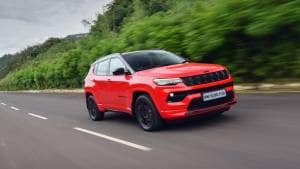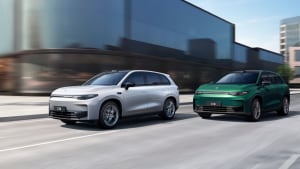Stellantis to develop 4 BEV architectures, set up 5 gigafactories for electrification shift
Stellantis has made a series of far-reaching announcements that detail its move to an electrified product lineup by the end of this decade. The company aims for 98 per cent of all models across its 14 brands to be electrified by 2025. Going forward, Stellantis expects 70 percent of sales in Europe and over 40 per cent in the United States to come from low emission vehicles by 2030, with EUR 30 billion being invested towards this goal.
Each of Stellantis' 14 brands will have a unique electrification to cover for the varied markets and buyers they attract. But EVs across all 14 brands will be based around four new EV architectures. The first of these is STLA Small that will be used by compact EVs from brands like Fiat, Peugeot and Citroen. This architecture will offer range of up to 500 km from batteries between 37 kWh to 82 kWh. The next architecture is the STLA Medium. This will be used in larger mid-sized sedans and SUVs across brands like Alfa Romeo and Jeep and offer up to 700 km range from batteries sized between 87 kWh and 104 kWh. Possibly the most important of these architectures will be STLA Large which will spawn everything from performance sedans, to SUVs, mid-sized pick-up trucks and muscle cars. This structure will offer up to 800 km range from 101 kWh and 108 kWH batteries. The last architecture is probably one of the first of its kind from a mainstream car-maker, STLA Frame, will be a ladder-frame EV architecture with similar range and battery sizes as the STLA Large, largely for Ram pick-ups and Jeep off-roaders. This architecture will also support a range-extender powertrain.

The four architectures will share components and technology to manage costs. All the derivatives of these architectures will be powered by one of a family of three electric motors. The smallest motor will put out 95PS, the middle one will out between 170PS to 245PS while the largest motor will make 204PS to 450PS. These motors will be offered in front-drive, rear-drive, all-wheel drive and Jeep's 4xe PHEV configurations. More parity for the architectures will come from the use of two commonly shared battery packs by 2024, a high energy-density option and a nickel cobalt-free alternative. By 206, the firm plans to the first competitively priced solid-state battery. There is a strong focus on extending the usable life of these architectures through OTA upgrades and a design that will accommodate future technologies past 2030.
Stellantis is entering into numerous joint ventures to source components, from electric powertrains and transmissions to battery cell chemistry and production and digital cockpit and personalized connected services. A plan to source 130 gigawatt hours (GWh) of battery capacity by 2025 and more than 260 GWh by 2030 from five gigafactories, supplemented by contracts and suppliers. These factories will be set up in Europe and North America, with permission secured to convert one Fiat's Italian manufacturing facilities already secured. The aim is to reduce battery costs by 40 per cent by 2025 and another 20 per cent by 2030.
While no roadmap for India was announced, the Jeep brand will offer a BEV in every segment it competes in by 2025 globally, some of which may find their way to India. The Citroen brand will address the mass EV segment in Europe, and we may see some of those products trickle down to the Indian market.














